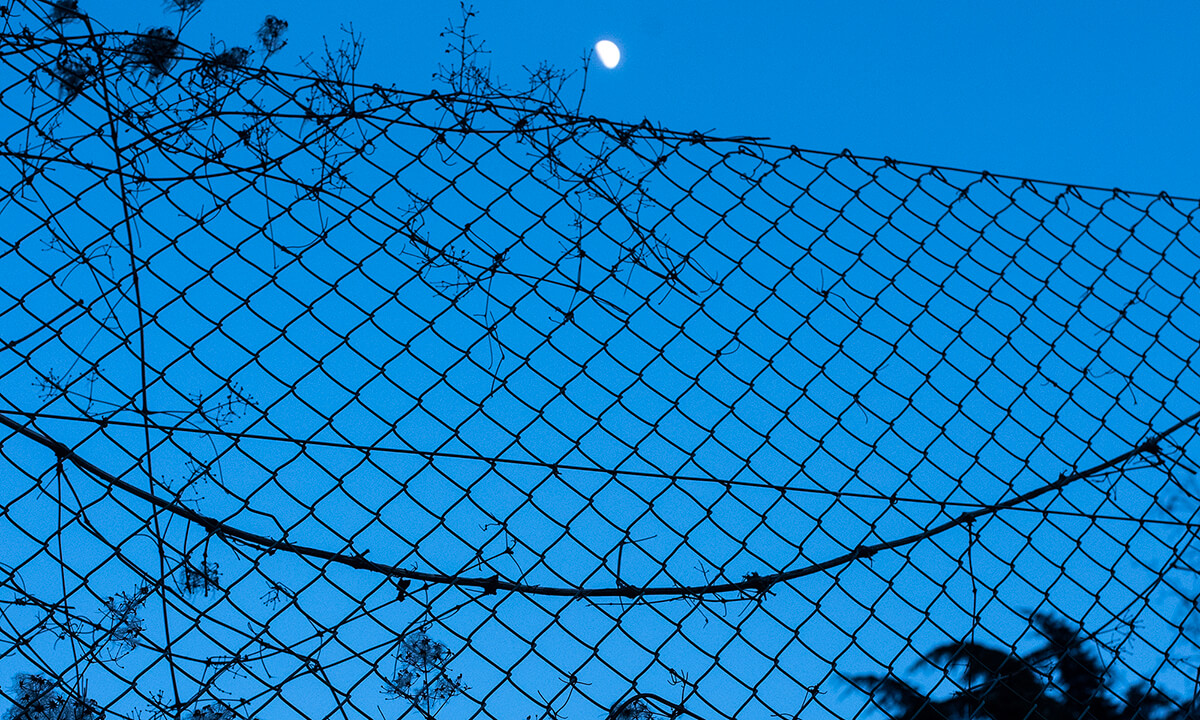INTERVIEW
Strength and Intuition
WITH MURIEL VERBIST
AN INTERVIEW WITH MURIEL VERBIST
“My work starts from a feeling, an emotion, whether I am photographing myself or others. I don’t think AI is a threat to this.”
Muriel Verbist won 1st Prize in our recent Human Body competition with an image judge Li Hui described as capturing the complexities of identity, “blurring the boundaries between the human body and the realm of ‘otherness,’”.
It was taken from a series documenting Muriel’s experience with cancer, and while her subject matter is varied, it illustrates a themes of her work and stylistic approach: conveying emotion through exceptional composition.
Here we put some questions to Muriel, asking her about her work, her route into photography, and the advice she’d pass on to her younger self…
Dear Muriel, congratulations on winning our competition The Human Body! What did you make of the judges’ comments?
The judges’ comments hit me: “A poignant portrayal of the internal struggle to mask one’s true identity and fit into societal norms.” They express my feelings very well.
Can you tell us a little more about the image itself and the circumstances behind it?
I created the image intuitively in the moment, without thinking about it too much. It was in a hotel room in an old castle, when I was traveling with my family to the South of France. When I was in the hotel room, with nobody else other than my family, I put my wig on the stand. I saw the beautiful wallpaper and mirror and the image intrigued me. I was sorry I didn’t have a tripod with me, but then took a picture anyway, I felt it was right.
A woman’s hair is an important part of her personality and femininity. There is a reason why in the Jewish community and in the Islamic community women have to hide their hair in public. I have had long blonde hair almost all my life. It was part of who I was. So it hit me hard to suddenly be completely bald. It’s an aspect of cancer that isn’t talked about as much yet. The most important thing is to heal, but everything that comes with it is not to be underestimated.
It’s a very personal and intimate subject matter, documenting the experience of going through breast cancer. Was it an easy decision for you to make? Would you describe the act as a component of your recovery, or that too simplistic an interpretation?
Indeed, I continued to take pictures during my treatments and especially when they were over. Photography gives me energy, and normally I photograph other people, but I knew that meeting with others, given my health condition, would not work out. Therefore, on good days I made still life images and self-portraits. It gave me strength, courage and hope that all would be well. For myself it was therapeutic, but I hope it can give courage to other women who are in the same situation as well.
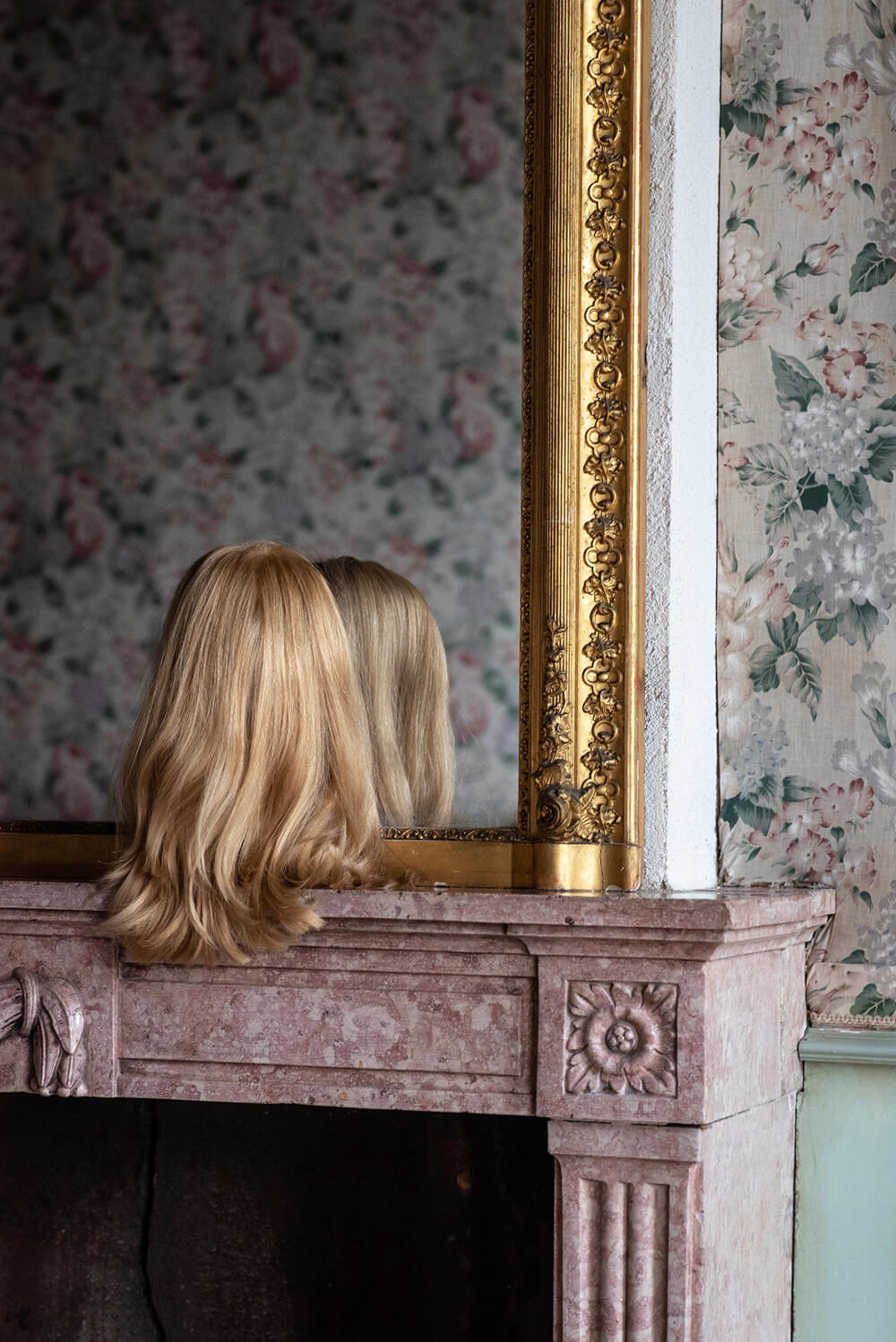
MURIEL’S WINNING HUMAN BODY IMAGE, FROM THE SERIES RECOVERY
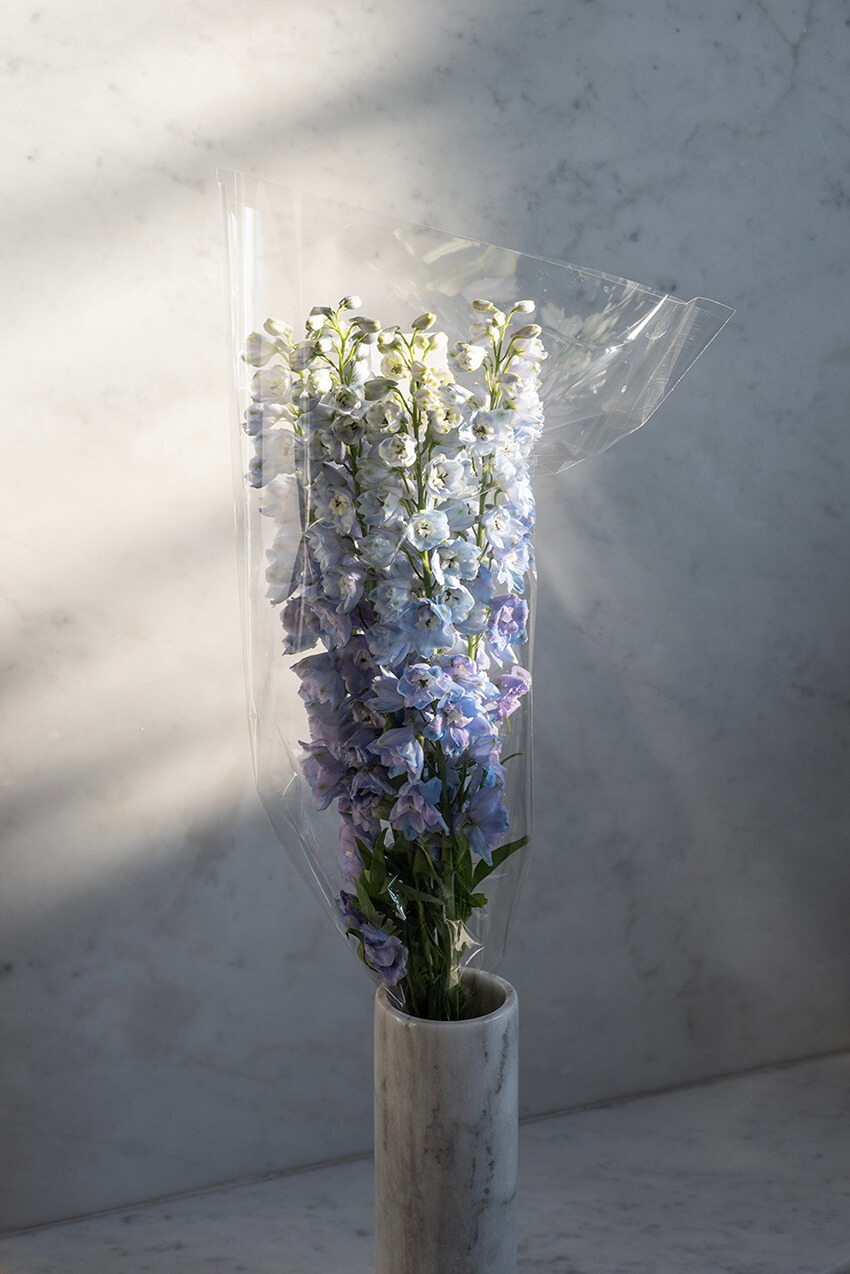
FROM THE SERIES RECOVERY
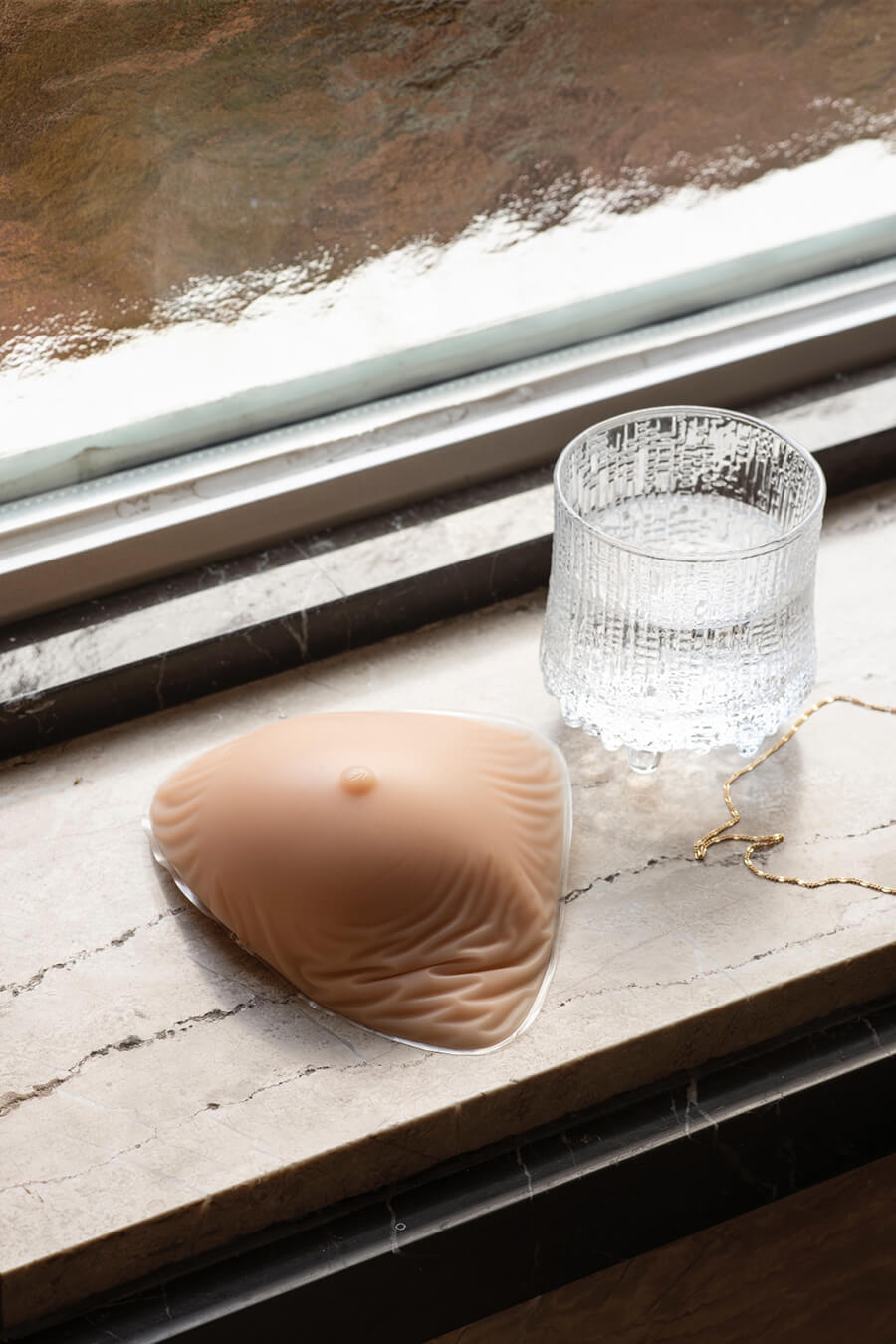
FROM THE SERIES RECOVERY
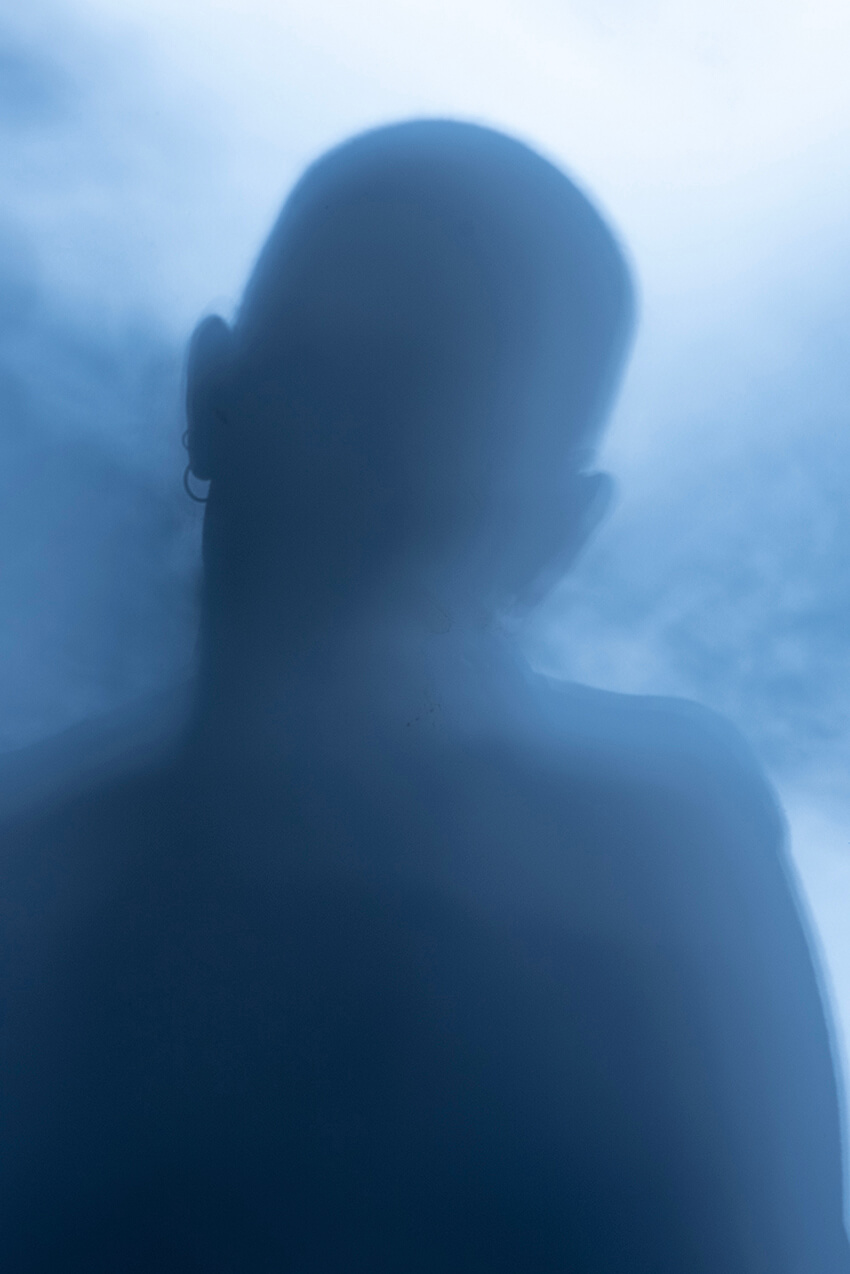
FROM THE SERIES RECOVERY
Prior to becoming a photographer, you worked as an art director in advertising and as an interior stylist for magazines. That experience seems apparent in your photographic style – in the placement of objects and subjects in the frame in particular. Do you consciously bring your prior expertise and learnings into your photography? Are there parallels that you see?
Again, this is not conscious, but probably intuitive. I worked for a long time for a paint manufacturer, and before that I dressed interiors and looked for still life settings in different colors with the photographer. That experience certainly shaped me. I also consciously work in color and not in black and white. I find combining colors and compositions fascinating. I am also inspired by the color work of William Eggleston and the still life work of Stephen Shore.
And why the move into photography? How did that come about?
My first degree in Art School when I was 24 was Advertising. During these years we also had a photography course and I really enjoyed it. After my studies, I started working in advertising as an Art Director, but continued to do a lot of photography, more as a hobby.
I like to be on the road and on the move, which is why I switched from Art Director to Stylist. As an Art Director, I was often behind a desk at the computer, which is not my cup of tea.
Because of the crisis in print magazines there was less work as a stylist, and often they asked the photographer to do the styling as well. That’s why I started studying photography, but mainly because I felt it had been a passion for years and at a certain age you know yourself better and what you really like to do. And turning your passion into your work is what everyone dreams of, after all.
You’ve studied at the Academy of Fine Arts, Sint-Niklaas. How was that experience, training in photography in a formal setting? What were some of the best aspects of that degree?
I was very lucky to have two fantastic teachers who were very driven and gave me confidence and al-ways encouraged me. It was hard work, and some assignments suited me more than others. But the focus was on developing my own style, vision and visual language, more than on the technical aspect of photography. In the end, that’s not the hardest part. I studied there for 6 years, and even from the first year we had a free assignment that taught me to think about what I wanted to tell.
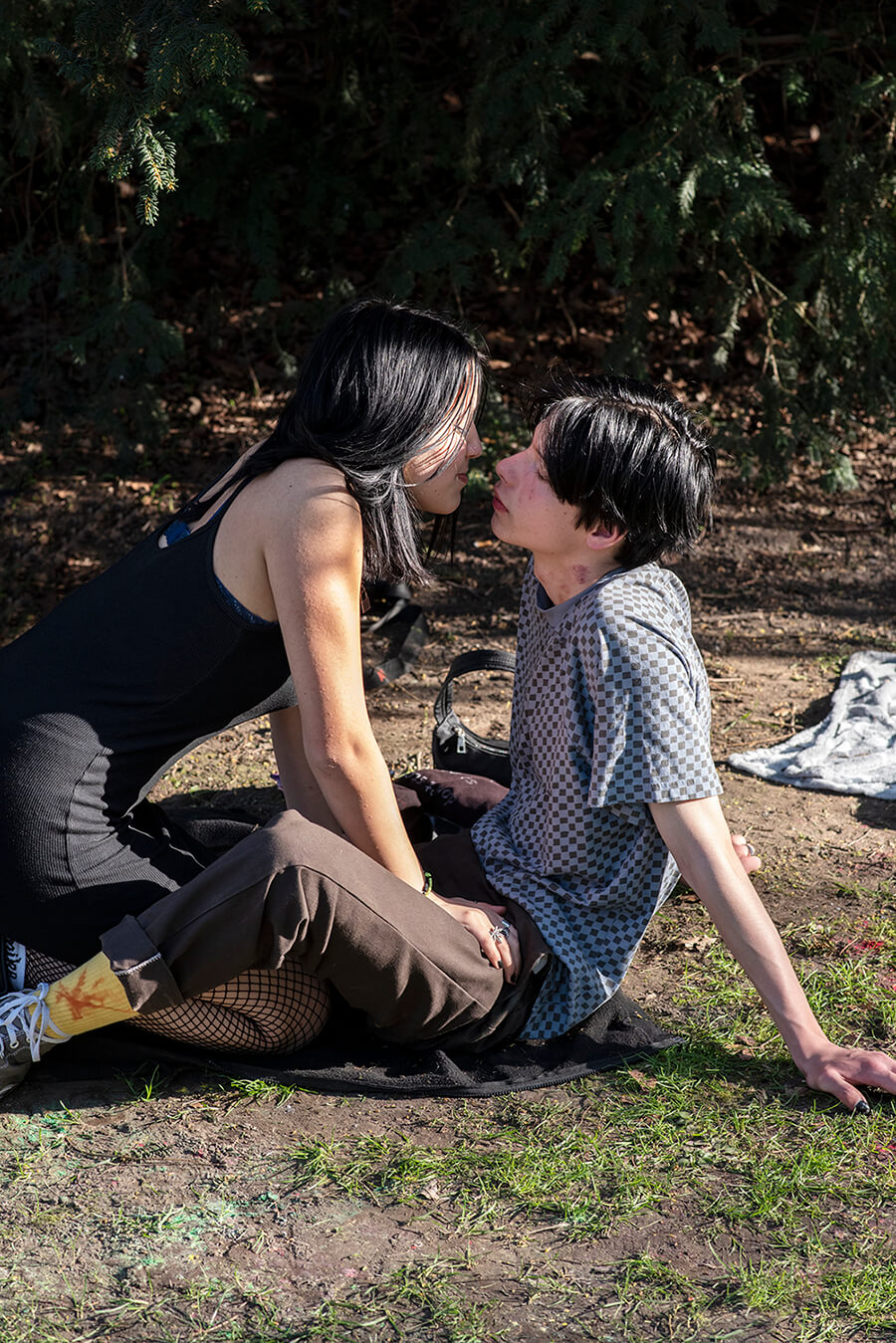
FROM THE SERIES IT’S WARMER OUTSIDE
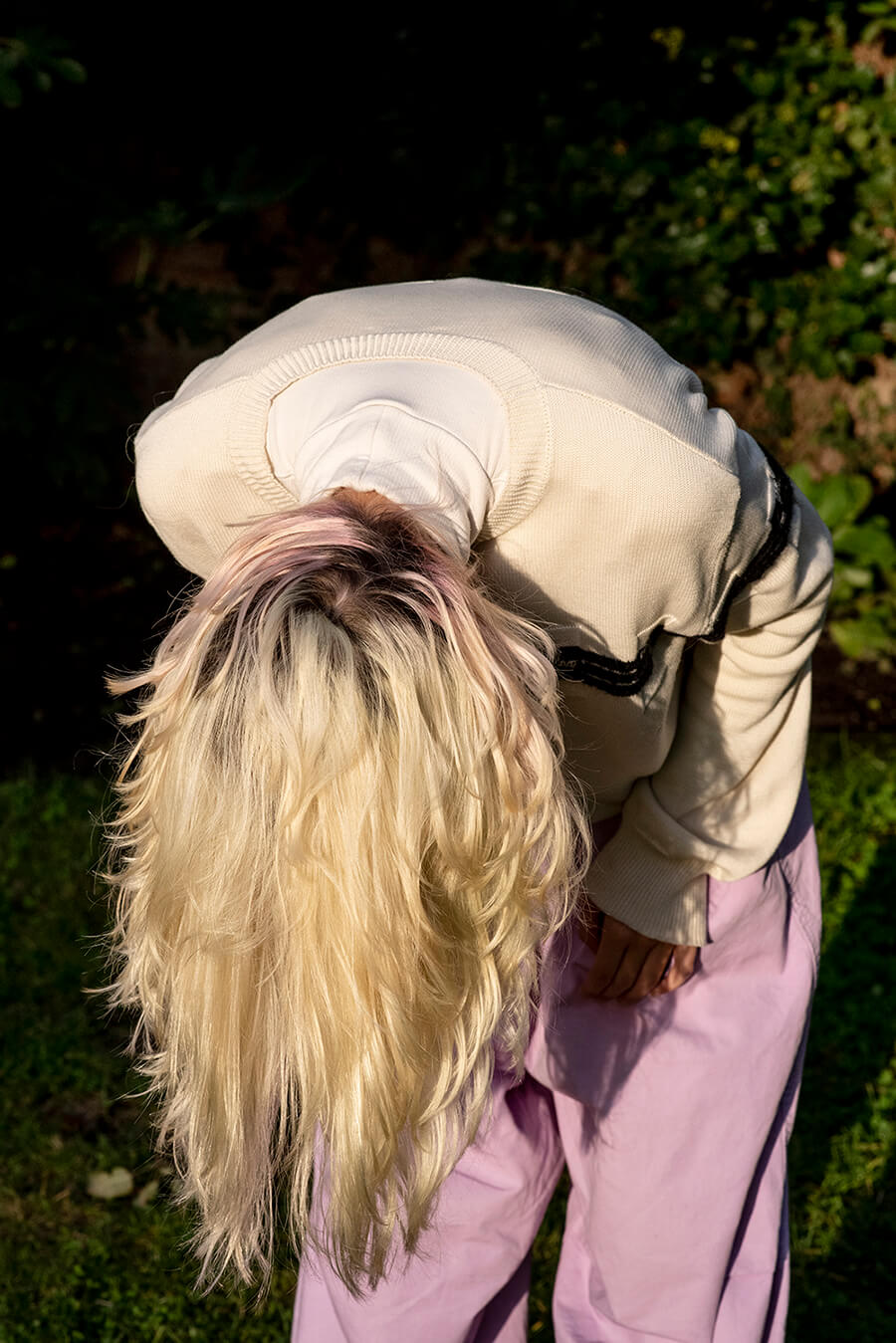
FROM THE SERIES IT’S WARMER OUTSIDE
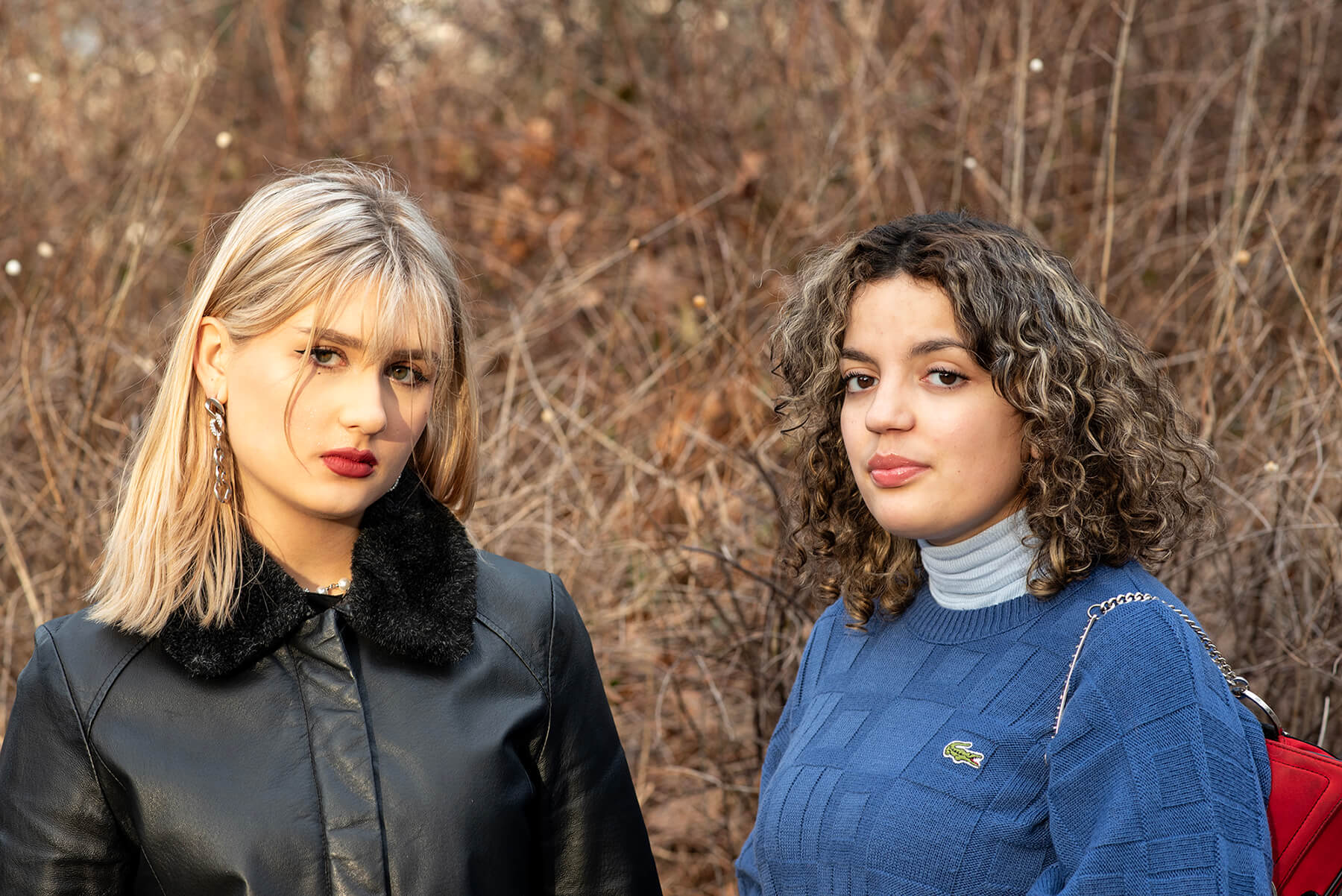
FROM THE SERIES IT’S WARMER OUTSIDE
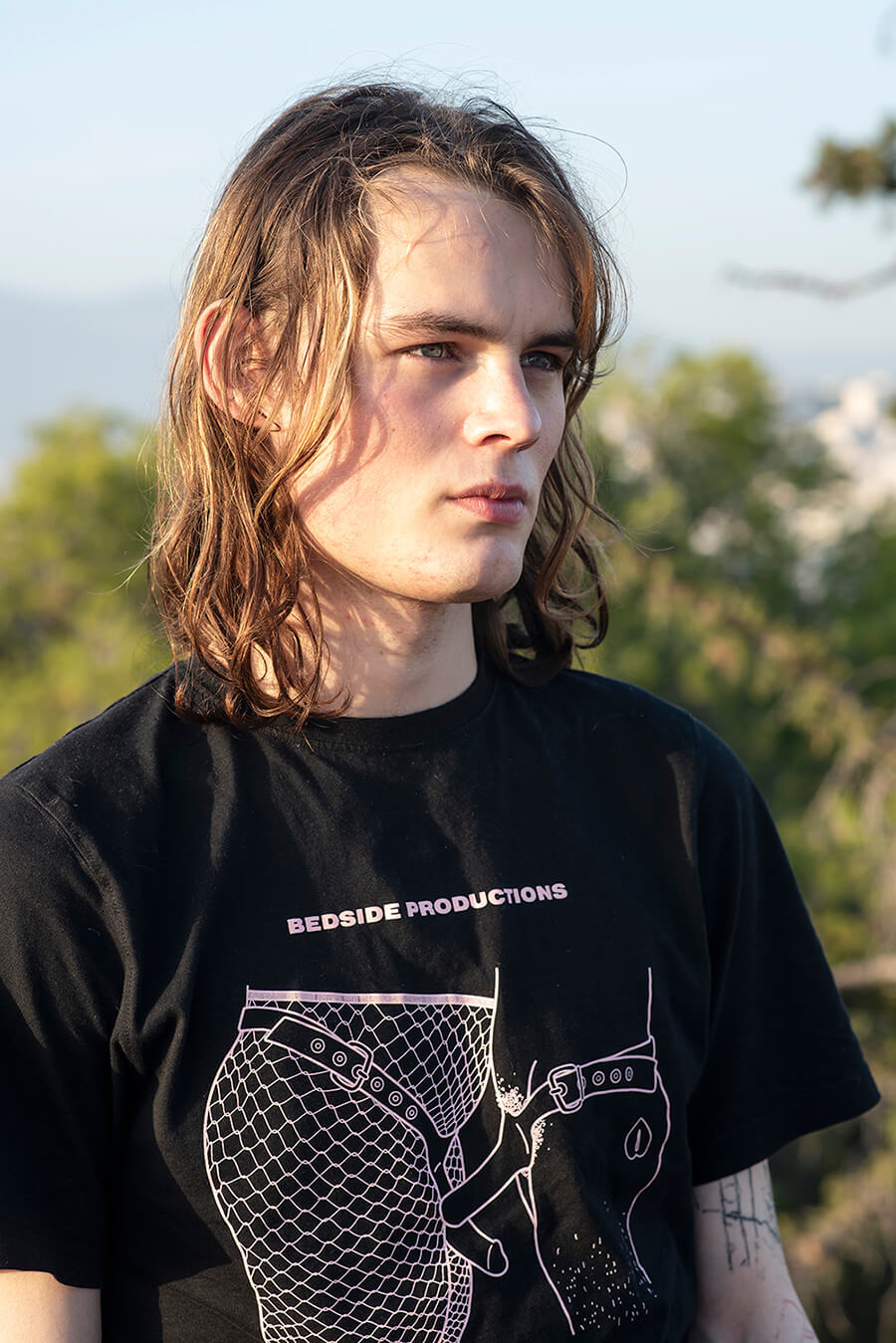
FROM THE SERIES IT’S WARMER OUTSIDE – MURIEL’S FAVORITE SHOT
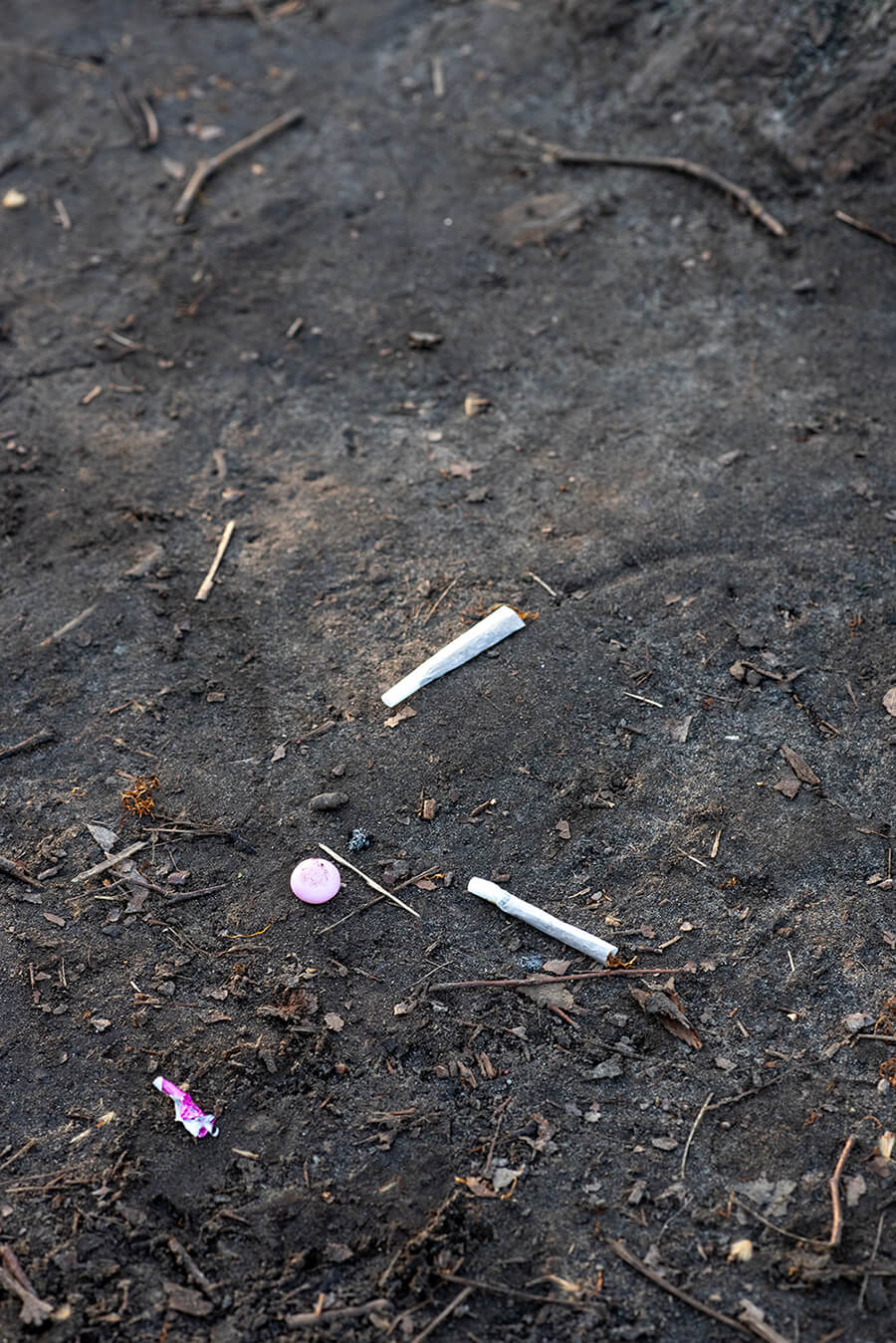
FROM THE SERIES IT’S WARMER OUTSIDE
Can you tell us about a shot you’re particularly proud of?
In November 2021, I attended a Nearest Truth workshop in Athens with Gregory Halpern, Tim Carpenter, Raymond Meeks and Adrianna Ault. I was doing a series in Belgium on young people during the Covid-19 pandemic, so didn’t think I could continue it in Athens. They made me realize that the series was not really about Covid, but about the universal feeling young people have, searching for them-selves, discovering fledgling loves.
So I portrayed this boy in Athens [see above], on a mountain overlooking the Acropolis. At first I was attracted by his eyes and his tattoos, only later I saw his t-shirt which I find funny. I love the evening light and his gaze at infinity. I always ask the permission when I photograph and like to have a chat with the subject. If they like it, I always send the images via email as well. This is a Danish boy who lived in Athens. That might also make the image universal.
With all the buzz around AI-generated imagery at the moment, what are your views? Do you see it as a threat, an asset, or an irrelevance to your work?
I am not afraid of it myself; my work starts with a feeling, an emotion, whether I am photographing myself or others. I don’t think AI is a threat to this.
What’s the best piece of advice you’d pass on to your younger self if you could?
You must continue to believe in yourself and not compare yourself to others.
Social media is sometimes difficult because it gives the impression that everyone is doing very well. If you are a beginner photographer, it is sometimes discouraging. But keep going is the message. I don’t know if it’s an expression in English but a friend once said to me when I was discouraged and wanted to stop with personal work: keep tapping on the same nail. I think everybody will understand what it means: don’t give up.
And finally, what are your plans for the rest of 2023?
I have been making a self-portrait every fortnight since August 2022, at the end of my chemotherapy. I want to continue this until the end of 2023. And I’m going to compile that series into a book and hopefully there will be an expo as well, for myself to bring closure to my illness and to give courage to other women going through the same thing.
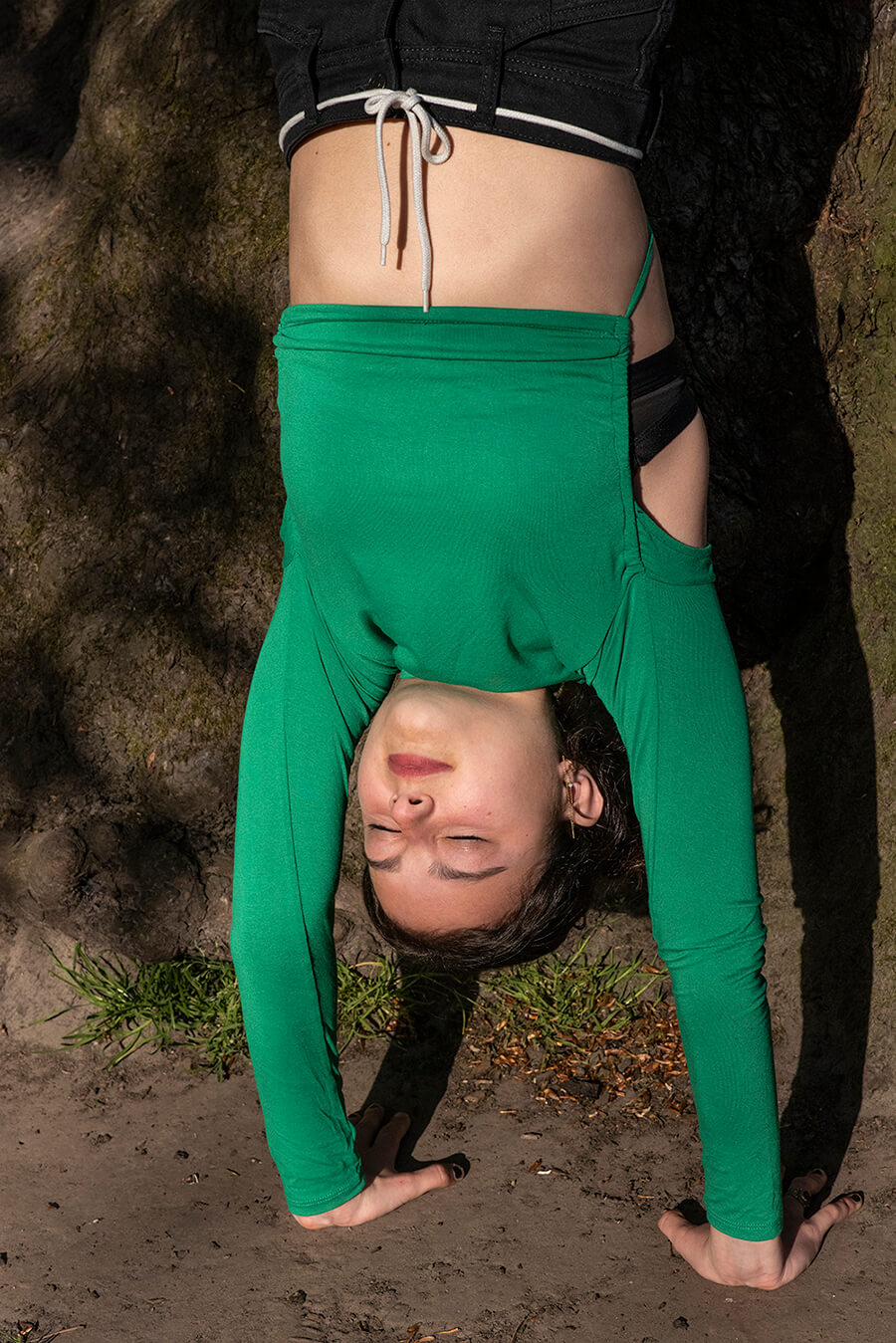
FROM THE SERIES IT’S WARMER OUTSIDE
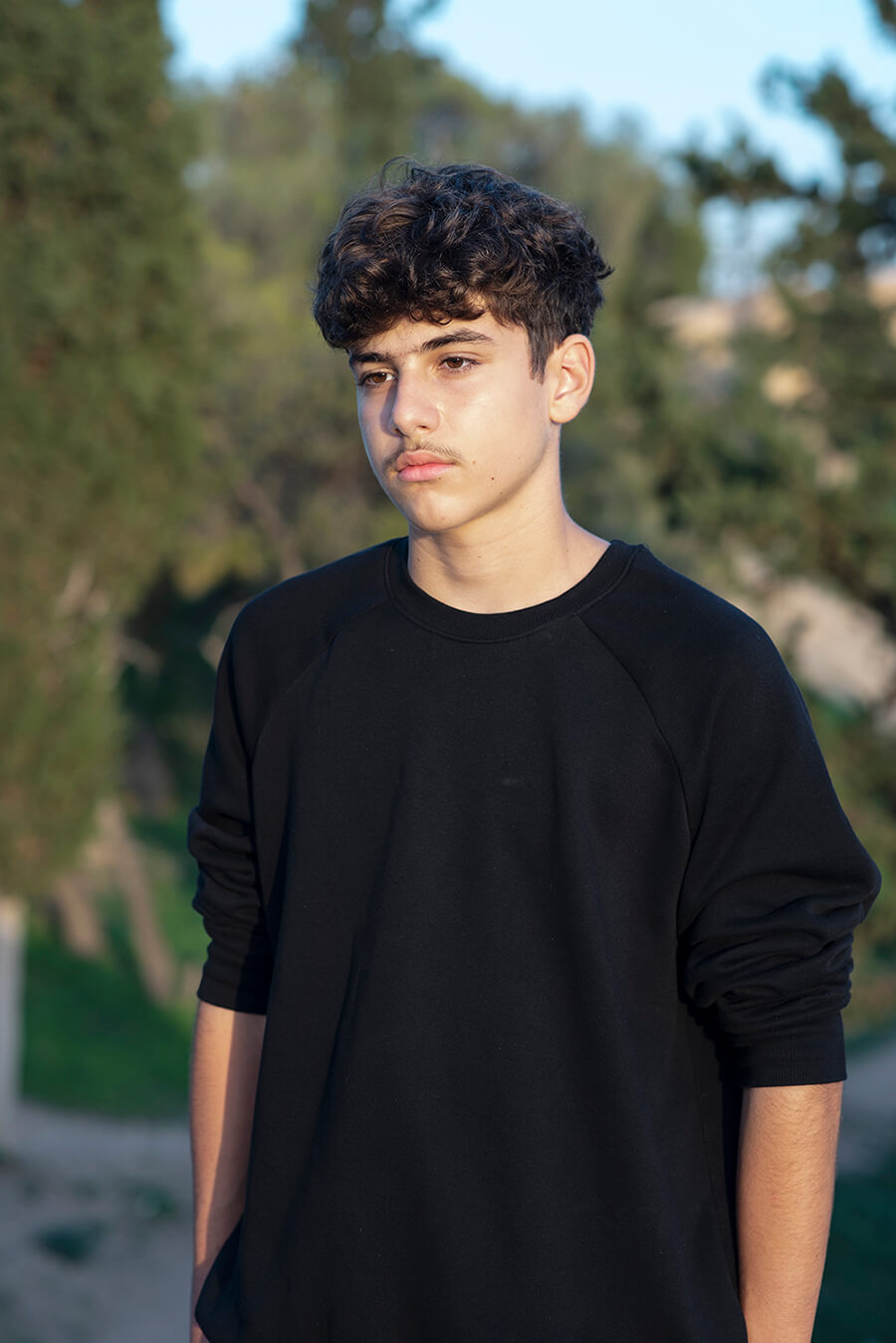
FROM THE SERIES IT’S WARMER OUTSIDE
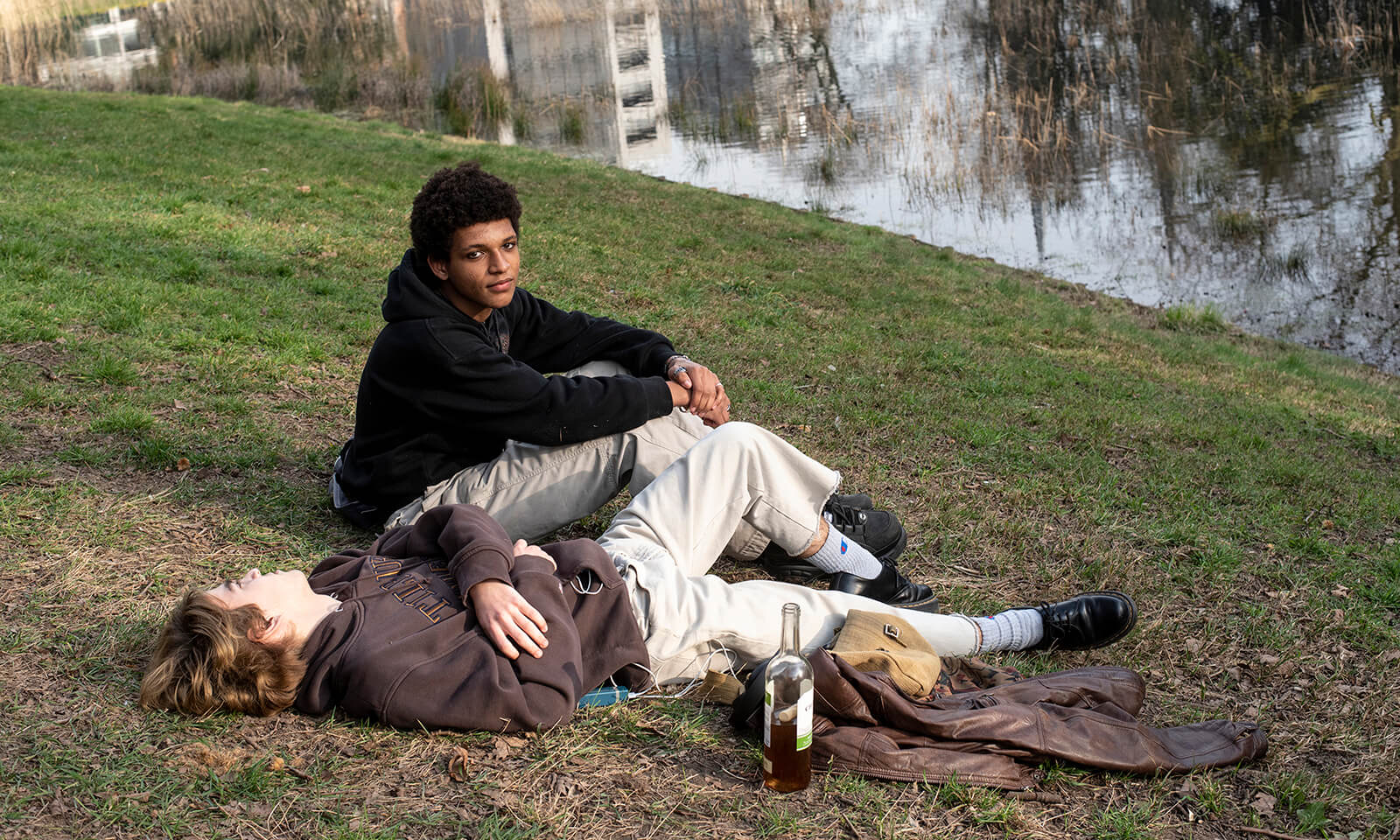
FROM THE SERIES IT’S WARMER OUTSIDE
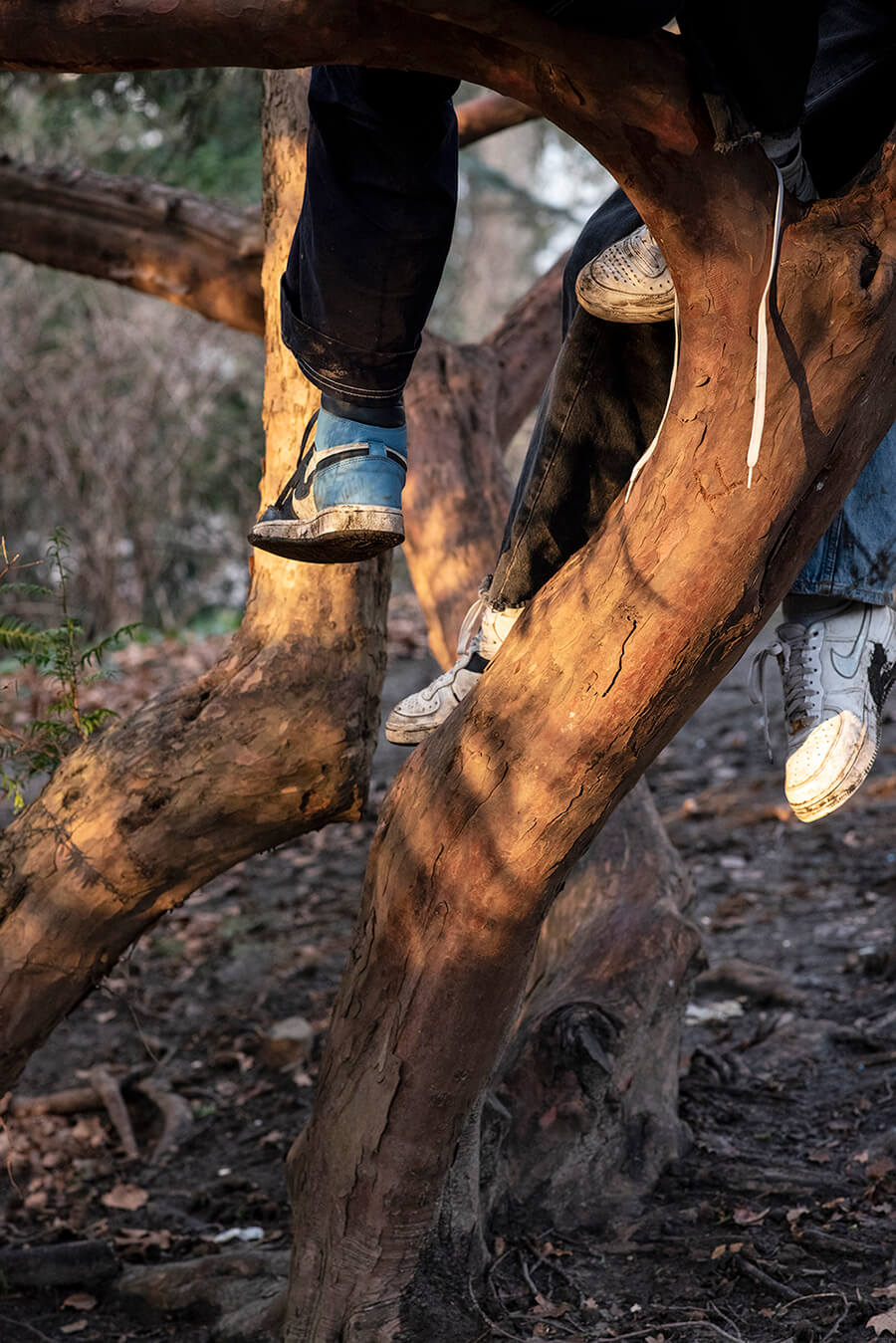
FROM THE SERIES IT’S WARMER OUTSIDE
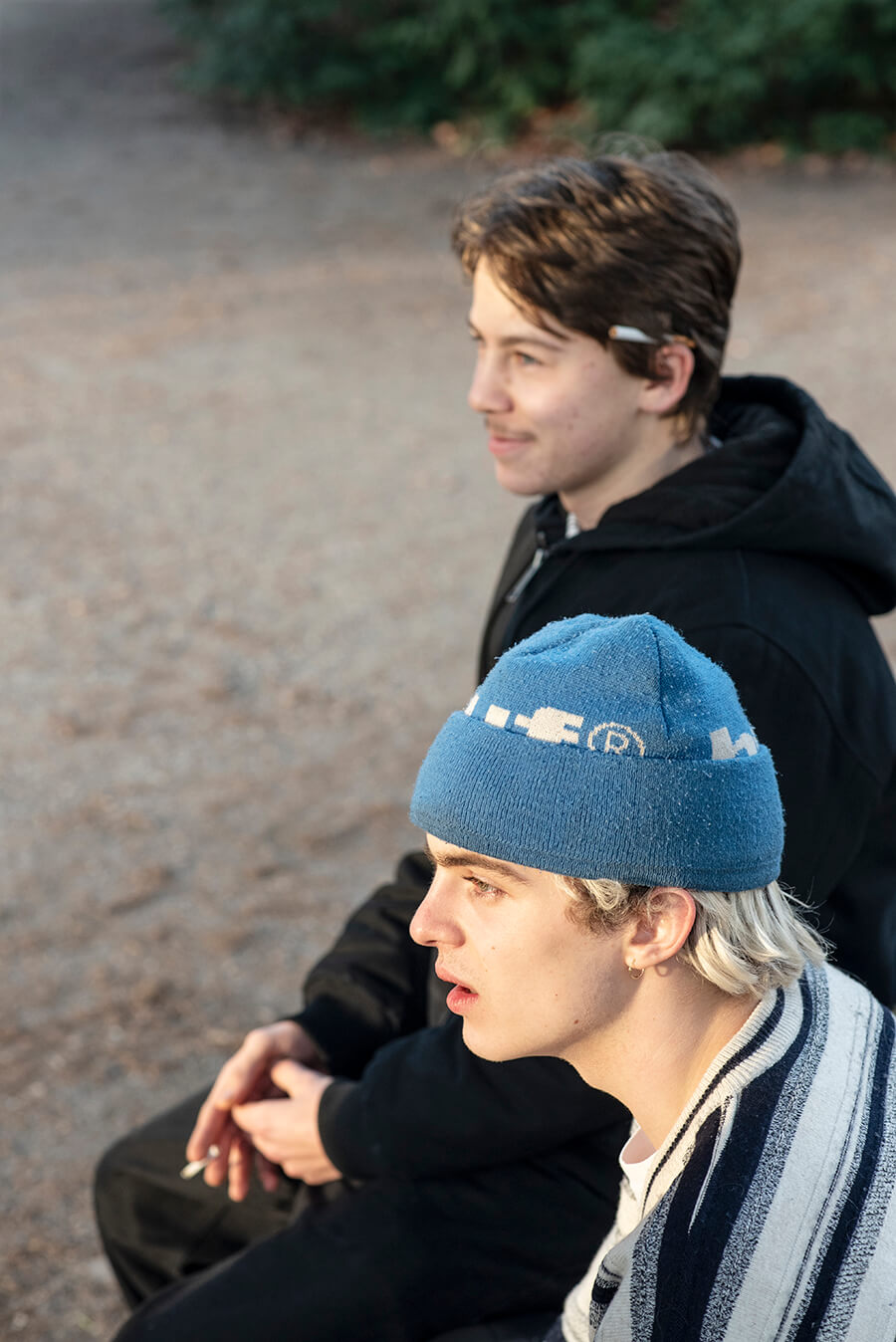
FROM THE SERIES IT’S WARMER OUTSIDE
It’s Warmer Outside
An observation of a community in a specific place, which also tells something about the times we live in. The series It’s Warmer Outside tells the story of young people during the Covid-19 pandemic. Verbist investigates how the phase of life of young people, characterized by searching for boundaries and exploring freedoms, is influenced by the restrictions of the Covid lockdowns.
During her own bicycle trips, the photographer noticed that many young people continued to meet in parks during the pandemic because of the ban on indoor gatherings. Their search for identity, recognition and adventure continued, but in a public setting. The passage of time does not seem to bother those portrayed. They are all in their universe, where friendship, early infatuation and experimentation are central. Verbist’s photos betray a conscious romanticization of reality, in which a sincere hope shines through.
Although the images were made during the pandemic (and until the end of 2021), they remain current. Even now that there are no more restrictions, parks remain popular dating spots for youth. The need for freedom and nature appears greater than ever after the pandemic. In her images, she wants to make people feel human warmth, hope and connection.
All images © Muriel Verbist
Follow her on Instagram: @murielverbist and see more at www.murielverbist.be
